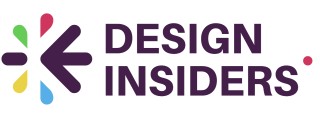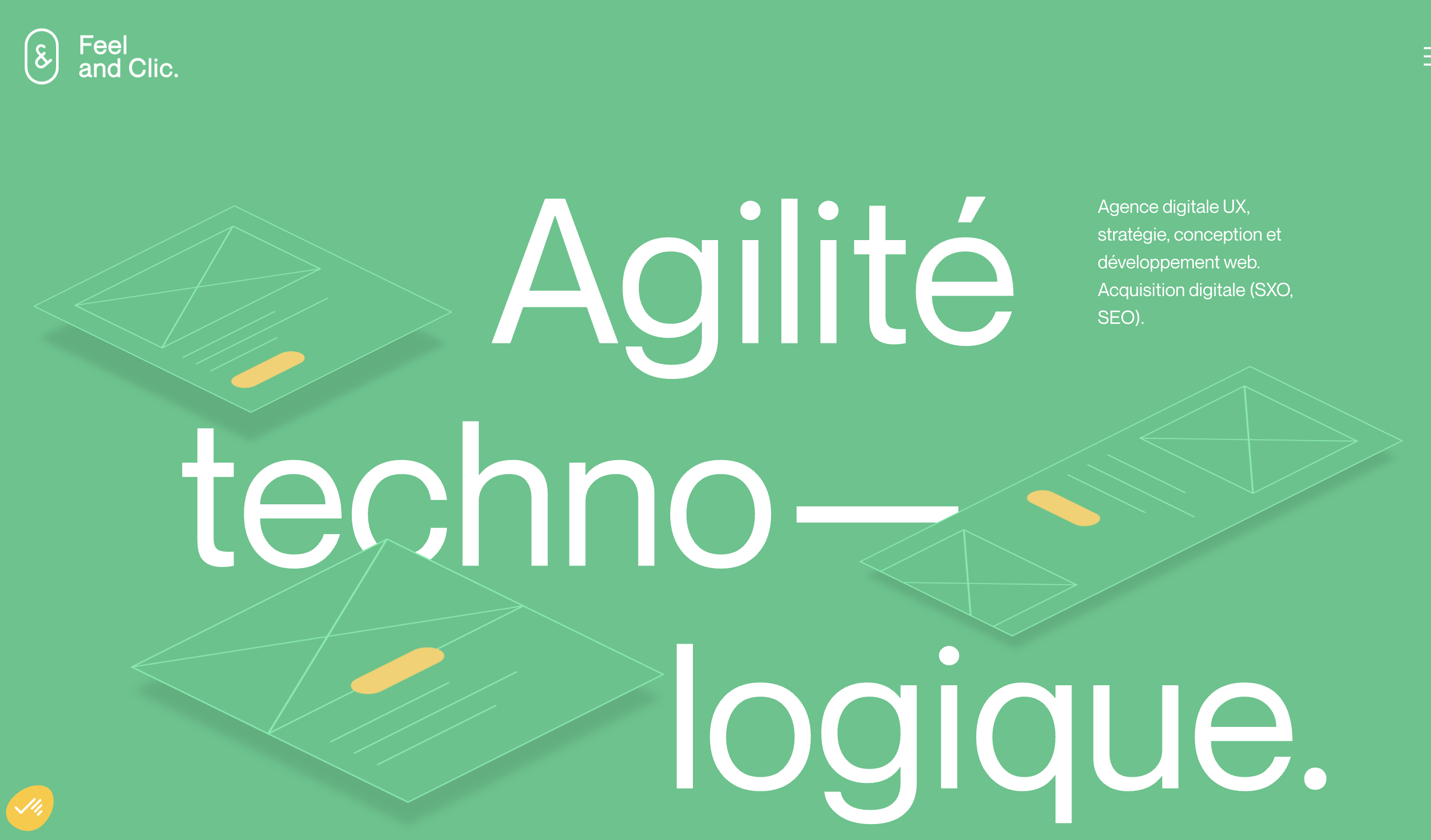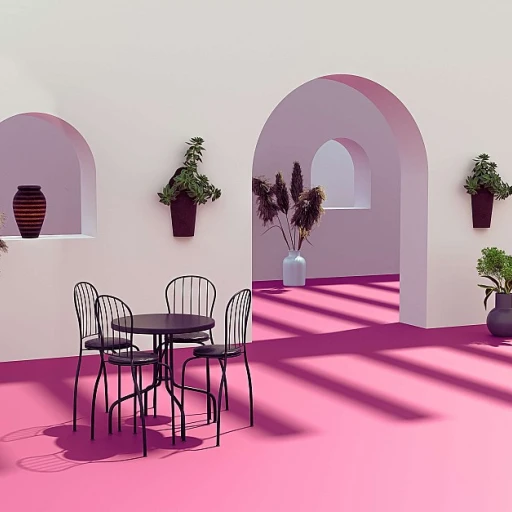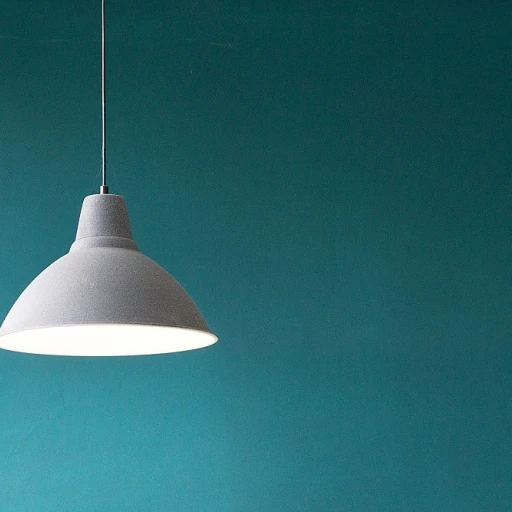
Understanding the Role of a Content Calendar in Design
Maximizing Productivity with a Structured Approach
In the vibrant world of design, a well-organized content calendar plays an instrumental role in optimizing the workflow for designers, especially when it comes to managing projects on platforms like Dribbble. A content calendar is more than just a timeline for posting graphics or designs on social media. It's a strategic tool for content planning, which aligns your creative output with marketing goals, ensuring efficiency and consistency in your designs.
Using a content calendar enables designers to maintain a steady flow of creativity without missing out on important deadlines or social media postings. This calendar helps in visualizing the design schedule, adhering to tight timelines, and coordinating with other team members involved in content creation and project management.
By leveraging the power of a media calendar, designers can anticipate what's coming up on the horizon. Whether it's a new trend in web design or an emerging tech tool, having a visually organized overview helps in making informed decisions for future projects. Additionally, this aligns with the editorial calendar strategies that help in maintaining harmony between creativity and structured content planning.
Why Choose a Spreadsheet for Your Dribbble Content Calendar
Benefits of Using a Spreadsheet for Your Content Calendar
Opting for a spreadsheet as your Dribbble content calendar brings a host of advantages. While specialized tools exist for UXUI projects, a spreadsheet offers unmatched simplicity and flexibility essential for designers. Here's why:
- Ease of Use: Familiarity is a strong point here. Most designers are already acquainted with spreadsheet tools like Google Sheets or Excel, reducing the learning curve significantly. This ease of access ensures you spend less time on setup and more on content creation.
- Customizable Templates: Unlike fixed tools, spreadsheets offer a canvas that can be tailored to fit your specific needs. You can create calendar templates that align tightly with your editorial calendar, web design projects, or social media schedules.
- Flexibility in Planning: The ability to plan at a granular level down to each day or enlarge your view to a high-level monthly overview empowers designers. This flexibility is especially beneficial in graphic design and marketing campaigns.
- Team Collaboration: Many spreadsheet tools allow live collaboration, making them ideal for team projects. Modify, comment, and guide content planning in real-time—an essential feature for seamless team integration and project management.
- Free and Accessible: Since options like Google Sheets are free, they are quite popular among designers working with limited budgets. The added bonus of remote access to a web-based spreadsheet from anywhere makes it indispensable for globe-trotting creatives.
- Simplified Content Visualization: Easily switch between different view modes—such as list view or calendar view—to better visualize your media calendar. This feature is especially useful for balancing immediate tasks with long-term marketing goals.
Through spreadsheet convenience, designers gain the ability to orchestrate their Facebook Instagram strategies and other social media content initiatives effectively, without the complexity introduced by proprietary tools. This ensures a smooth workflow from planning to execution.
Setting Up Your Dribbble Spreadsheet Content Calendar
Structuring Your Calendar for Maximum Efficiency
Creating a well-organized Dribbble spreadsheet content calendar not only enhances your workflow but also provides a clear view of your design projects. Google Sheets can be an excellent platform to build your calendar - it's free and accessible, with collaborative features that are essential for project management. To start, consider these steps:- Template Selection: Choose a calendar template that caters to your specific design needs. Whether it's a straightforward media calendar or a more comprehensive editorial calendar, select one that accommodates your content creation and planning cycle.
- Design and Visibility: Ensure your spreadsheet is visually engaging but not overly complex. Use color coding to differentiate various campaigns or projects. Highlighting important dates in bold or using specific color themes can significantly improve how you track your work.
- Columns and Rows Setup: Common columns might include the project name, deadline, responsible designer, status updates, and any relevant post notes. These can help you track everything from planning to execution with ease.
- Tabs for Organization: If your media content spreads across various platforms like Facebook, Instagram, and your web design projects, consider using separate tabs for each. This approach maintains clarity and keeps the overall view organized.
Integrating Design Elements into Your Content Calendar
Integrating Design Elements into Your Calendar Workflow
Incorporating key design components into your content calendar can significantly enhance the efficiency of your media content planning. When utilizing a spreadsheet as your Dribbble content calendar, you have the flexibility to create a robust framework that caters to your specific editorial needs. Here, we focus on integrating essential design elements to improve your planning process.- Content and Design Alignment: A well-structured content calendar ensures your design and marketing efforts are consistently aligned. By having a clear view of your content schedule, designers can anticipate what's required for upcoming media posts and allocate appropriate time for graphic design creation. This ensures a seamless alignment across your social media platforms such as Facebook and Instagram.
- Utilizing Free Google Sheets Templates: Free templates available on Google Sheets offer the flexibility to tailor your media calendar according to your unique project needs. These templates can serve as the foundation for setting up your calendar dashboard, where you can input important details such as post dates, social media channels, and key visual components.
- Integrating Graphic Design Features: Enhance your calendar by incorporating visual cues and features that make it easy for teams to interpret the schedule at a glance. Utilize color-coding to distinguish different types of content or priority levels, ensuring a clear and comprehensive view of your content planner.
- Web Design Considerations: When setting up your calendar in a digital space, consider user experience and accessibility. A visually appealing and user-friendly layout in your spreadsheet will facilitate easier navigation and planning for everyone involved in content creation.
Collaborating with Teams Using a Dribbble Spreadsheet Content Calendar
Collaboration: A Key Aspect of Successful Design Workflows
To harness the true potential of a Dribbble spreadsheet Content Calendar, it's essential to focus on collaboration. Design isn't a solitary endeavor; it thrives on teamwork, blending the creativity and insights of multiple designers. Incorporating shared resources such as a content calendar can significantly optimize this process by providing all team members access to a unified document that aligns with the project's goals.Facilitate Seamless Communication
One of the primary benefits of using a spreadsheet content calendar is its ability to improve communication within design teams. With a shared view of the calendar, every team member can stay informed about ongoing projects, deadlines, and social media post schedules. This transparency reduces misunderstandings and ensures accuracy in content planning efforts. Tools like Google Sheets excel in providing real-time updates, making it easier for a team to stay updated. This setup is particularly beneficial for cross-functional teams spread across different locations.Designers Benefit from Structured Content Planning
Design projects often have many moving parts, from initial concept development to the final social media and marketing push. Utilizing a content calendar allows designers to structure their daily workflows effectively. By assigning specific tasks, such as "create a Facebook graphic" or "design a new web template," team members can focus on their designated responsibilities without worrying about overlapping others' work. This clarity paves the way for more efficient project management.How to Address Collaborative Hiccups
While spreadsheet tools are powerful, they aren't without their challenges. Common issues include version control, where changes made by one user may overlap with another's input, potentially causing confusion. A robust solution lies in the use of version history features within Google Sheets. It allows teams to revert to earlier versions if needed. Maintaining regular meetings or check-ins can also mitigate these challenges, ensuring everyone remains on the same page. By fostering an environment of collaboration, a Dribbble spreadsheet content calendar can become an indispensable tool for any design team. Employing free calendar templates, media content planners, and editorial calendars can further augment this collaborative effort, enhancing both the design quality and the effectiveness of content creation.Overcoming Challenges in Design with a Content Calendar
Addressing Common Obstacles in Design Planning
Design projects can often throw unexpected challenges at you, making an organized approach like using a content calendar essential. Especially when handling multiple social media platforms such as Facebook and Instagram, a well-structured media calendar can help prevent oversights.- Time Management: One of the primary hurdles designers face is juggling project deadlines. An editorial calendar helps streamline content creation by providing a clear view of your schedule, allowing for efficient planning. This clarity aids in better management of both time and resources, making sure every day counts.
- Efficient Collaboration: When working with a team, synchronization is vital. A shared Google Sheets view acts as a digital dashboard where everyone can contribute and view updates in real-time. This not only enhances transparency but also helps in better project management by assigning tasks efficiently.
- Resource Allocation: Managing the distribution of tasks and responsibilities is easier when each team member can easily view the project status on a spreadsheet. Whether working in graphic design, web design, or any other domain, a clear content planner makes sure resources are optimally deployed.
- Proactive Content Adjustments: With an organized calendar template, anticipating market changes or client requests becomes more manageable. Having a pre-planned content strategy permits adaptation without derailing ongoing projects or marketing efforts.
- Template Utilization: Free calendar templates offer a strong starting point for designers to organize their tasks meaningfully. These customizable tools ensure that the workflow aligns with the project needs without having to create from scratch.














